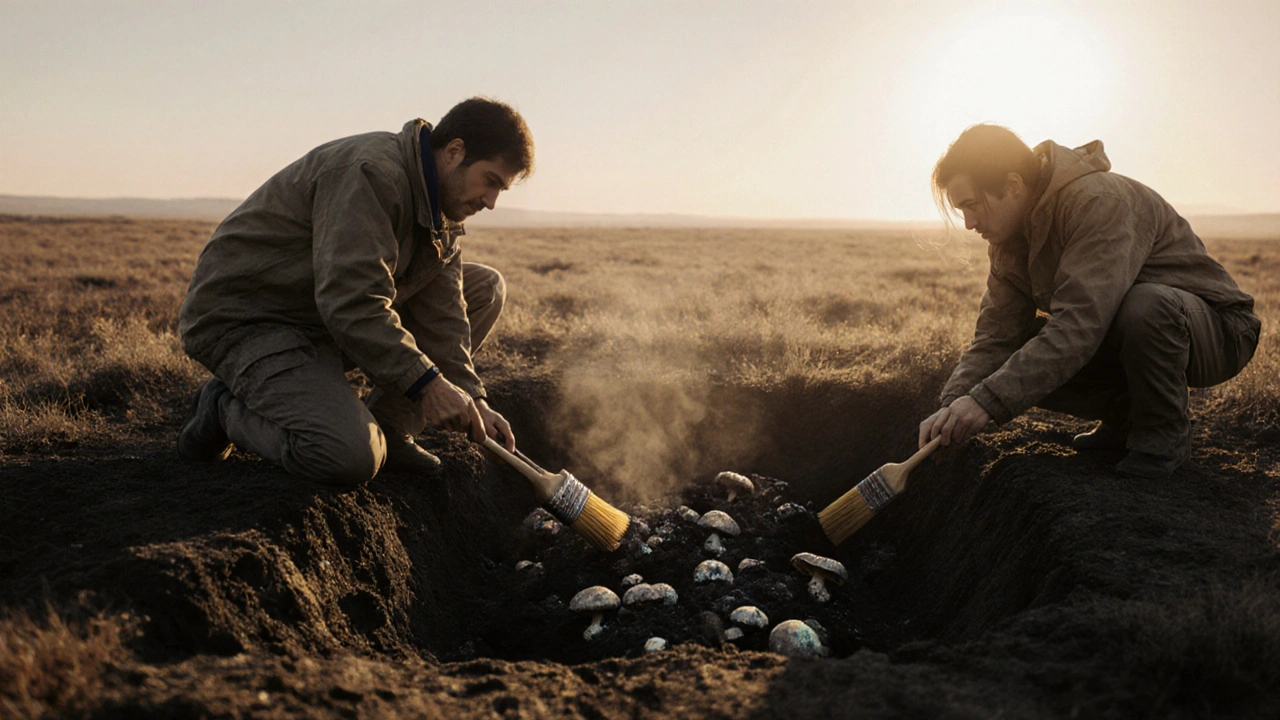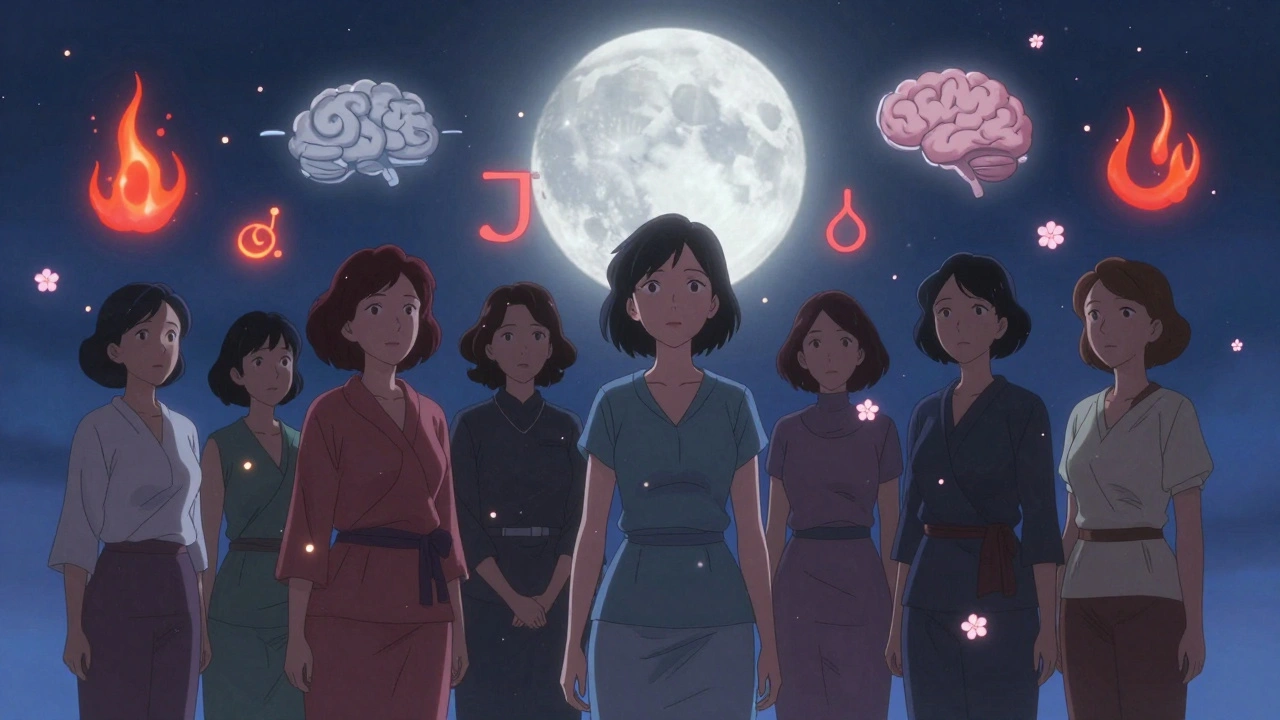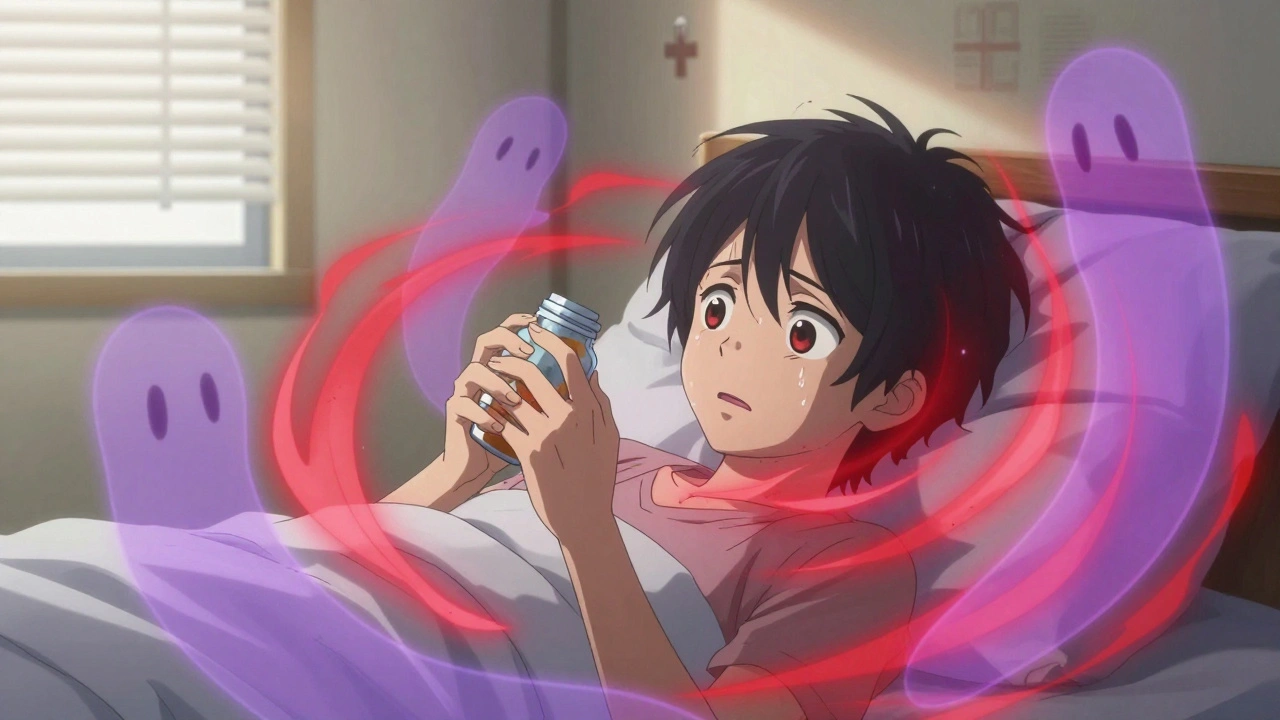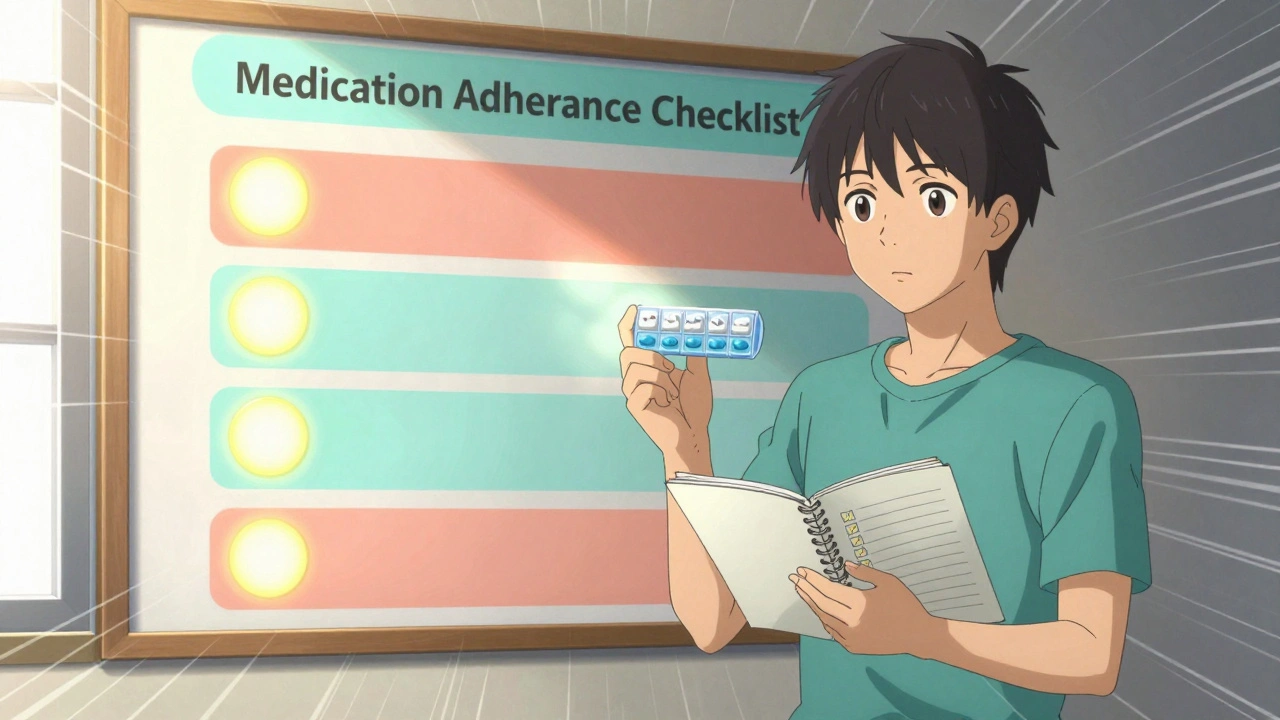Traditional Chinese Medicine – A Comprehensive Overview
When learning about Traditional Chinese Medicine, an ancient system that blends herbs, acupuncture, diet, and mind‑body techniques to balance health. Also known as TCM, it draws on centuries of clinical observation and philosophical ideas about harmony. Herbal Medicine, the practice of using plant‑based extracts to treat illness forms the backbone of TCM, while Acupuncture, the insertion of fine needles at specific points to regulate energy flow offers a physical pathway to influence the body's internal network. Together they embody the principle that health is a dynamic balance of Qi, the vital life force that circulates through meridians. This opening definition sets the stage for a deeper dive into how these elements interlock, how they have evolved, and why they matter today.
Key Concepts and Modern Connections
Traditional Chinese medicine encompasses a holistic view where diagnosis starts with pulse reading, tongue inspection, and questioning about lifestyle. It requires an understanding of pattern differentiation, a method that matches symptom clusters to underlying imbalances of qi, blood, and organ function. Herbal formulas, often composed of dozens of ingredients, are crafted to restore harmony; each herb contributes a specific action—warming, cooling, moving, or anchoring. Acupuncture points map onto the same meridian network, allowing practitioners to stimulate or calm qi directly. These core ideas link to contemporary research, such as the study of medicinal fungi used in both ancient Chinese remedies and modern supplements. That article highlights how centuries‑old knowledge about fungi like reishi or cordyceps is being re‑examined for immune support, showing that TCM’s empirical base can intersect with today’s evidence‑based approaches. Semantic links emerge: TCM includes herbal medicine, herbal medicine provides bioactive compounds, and acupuncture modulates nervous system pathways. Together they create a multi‑modal toolkit that can complement Western pharmacology, especially for chronic conditions where lifestyle and stress play big roles.
Practically, anyone interested in TCM should start by confirming a practitioner’s credentials, reviewing the safety profile of any herb, and asking about potential interactions with conventional drugs. Modern pharmacies now carry standardized extracts, and telehealth platforms can connect you with certified acupuncturists. The blend of ancient theory and modern quality control means you can benefit from a tradition that respects the body’s own healing capacity while meeting today’s safety standards. Below you’ll find articles that dive into specific topics—from cheap generic medications that many patients combine with TCM approaches to detailed comparisons of therapeutic options. Whether you’re curious about the historical roots of medicinal fungi, looking for cost‑effective ways to manage allergies, or exploring how TCM concepts fit into a broader health plan, the collection ahead offers practical insight and clear guidance.
The History of Fungus in Traditional Medicine - From Ancient Remedies to Modern Science
Explore the centuries‑old role of medicinal fungi in traditional healing, from Chinese Reishi to Ethiopian Agarikon, and see how modern science validates these ancient remedies.






